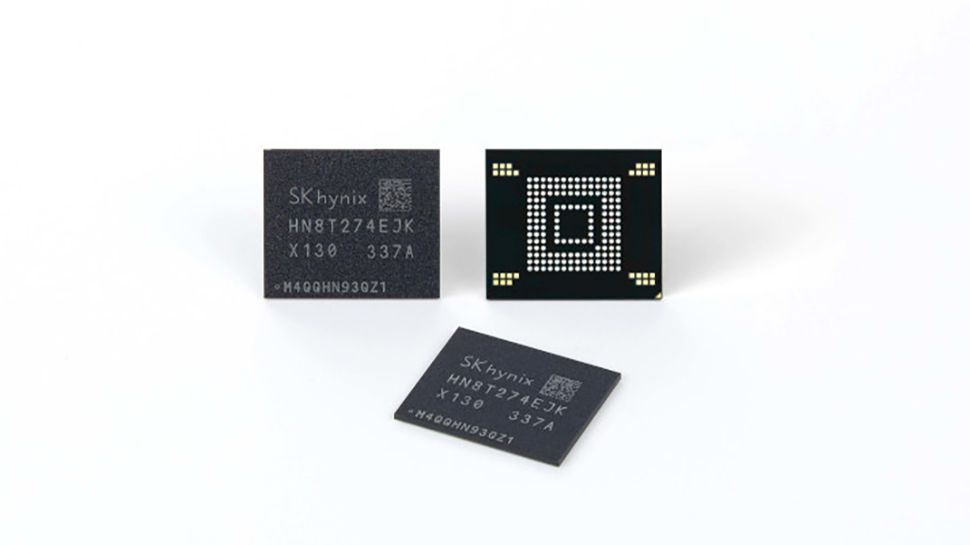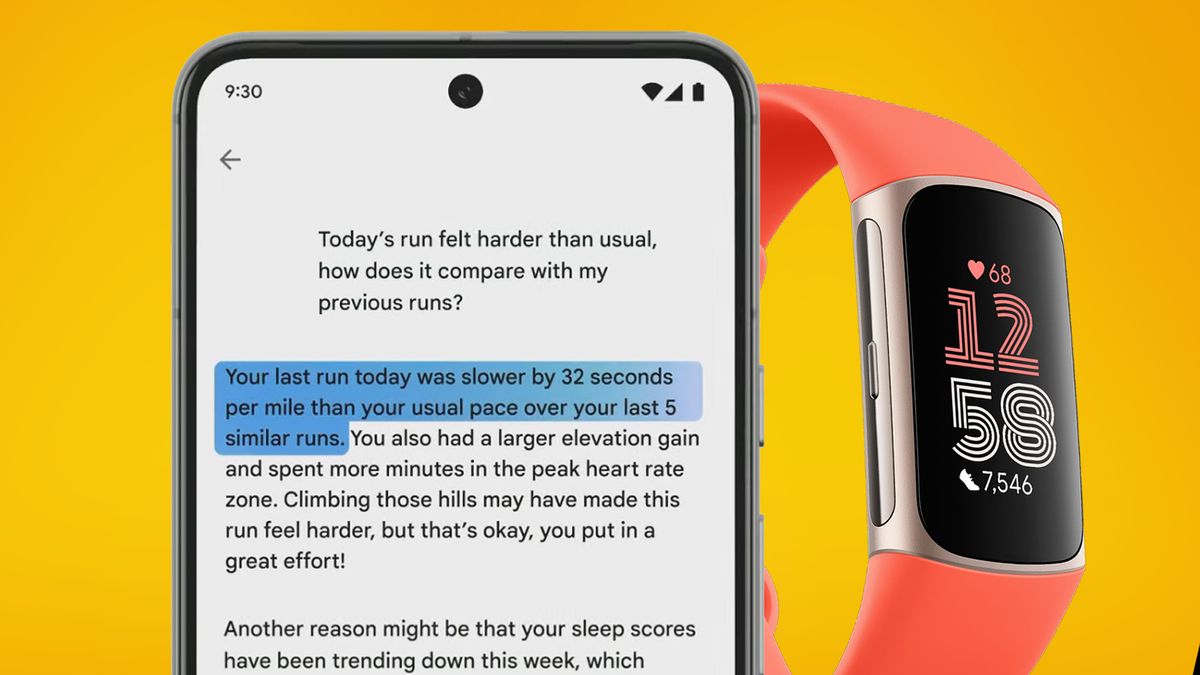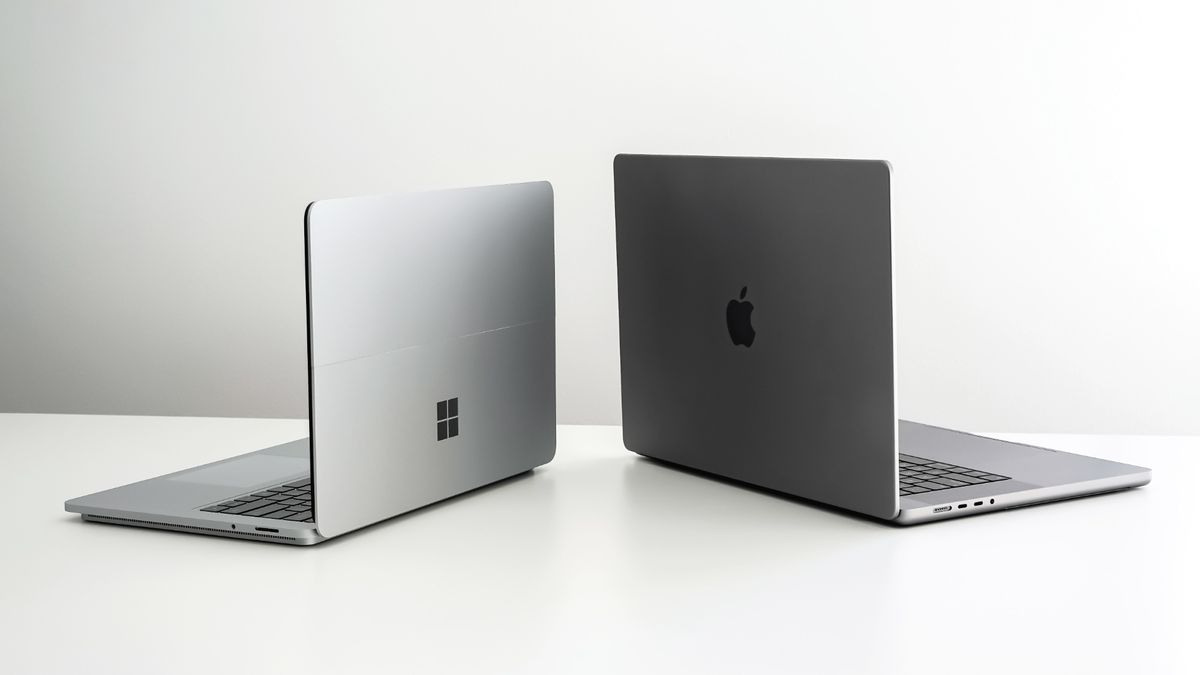This week we saw the arrival of the new Snap Spectacles, and from what's been announced, they look like robust augmented reality glasses that come closer than ever to our expectations based on sci-fi depictions of the technology. But while they may be among the best smart glasses, they look ridiculous.
They look like those oversized 3D glasses you wear at the cinema, and they're certainly not something I'd want to wear in public. It's a stark contrast to the Ray-Ban and Meta collaboration smart glasses, which have totally killed it in the fashion department. They're great (they even have a fancy charging case), and all summer long they were my go-to pair of sunglasses, even when they were off, largely because of their aesthetic appeal.
Based on design alone, I know which glasses I'd prefer to wear on a day-to-day basis, and while the Snap Spectacles clearly have more features, a big part of me would rather put on the Ray-Bans Meta Smart Glasses.
Because in our age of wearable technology, fashion is at least as important as function.
Fashion is more than design
I want to make a quick distinction between a design feature and trendy technology.
In the world of smart glasses, one design feature is something like electrochromic darkening lenses – lenses that can be made clearer or darker at the push of a button through electrical stimulation. This is a design feature I’ve tested in glasses like the Chamelo, which help make smart glasses wearable in a variety of weather conditions – a feature lacking in Ray-Ban’s Meta smart glasses, which are permanently darkening, meaning I can only wear them for about a quarter of the year here in the UK.
On the other hand, fashion doesn’t need to offer a more substantial benefit than looking good – a factor such as frame shape or colour. Smart glasses brands such as Lucyd and Ray-Ban have demonstrated a clear understanding of this aspect of design, offering a selection of frame shapes that are otherwise functionally identical to one another, allowing you to personalise your experience without sacrificing technological capabilities.
Sometimes fashion and design intersect. Look at smart rings. Their main design feature — reducing clutter by eliminating the usual smartwatch or fitness tracker display — offers functional differences between them and other health devices. At the same time, it allows for a different design profile that favors people who prefer a more minimalist aesthetic or want to wear a classic watch without giving up wellness tracking (or having to wear two watches, which looks really weird, and you know it).
Even without being linked to function, fashion cannot and should not be dismissed.

Work well, look better
In other areas of technology, fashion perks are understandably dismissed as unnecessary. My PC's RAM sticks don't run faster because they glow with RGB lighting, a gold-plated iPhone is still just an iPhone. But wearables – smart accessories that replace our classic choice of jewellery – are more than just useful.
Our fashion is an extension of who we are, it is a way of expressing ourselves externally and leaving a mark on our visual identity. So, even if the smart accessory offers a useful benefit to our health, fitness or safety, why should that device expect us to sacrifice our identity for it?
Part of this is because we're in the early stages of smart glasses and wearables in general. There's only so much style variation you can allow for if the device needs to pack a lot of technology or if you don't expect to sell a lot of them (each variation adds complexity and cost).
That said, I think it's equally important for wearables manufacturers to put effort into ensuring something is both fashionable and functional and useful. This means introducing variations so that we can find a design that suits our style or making the design of a singular product look fantastic rather than clunky and boring.
Because just like it doesn't matter if a piece of clothing is from a designer brand if you don't like the style, it doesn't matter how cool a wearable device is if you think it looks ugly. If we don't like how it looks, we won't use it often. And how useful is a smart wearable device really if it sits in a drawer all day?









